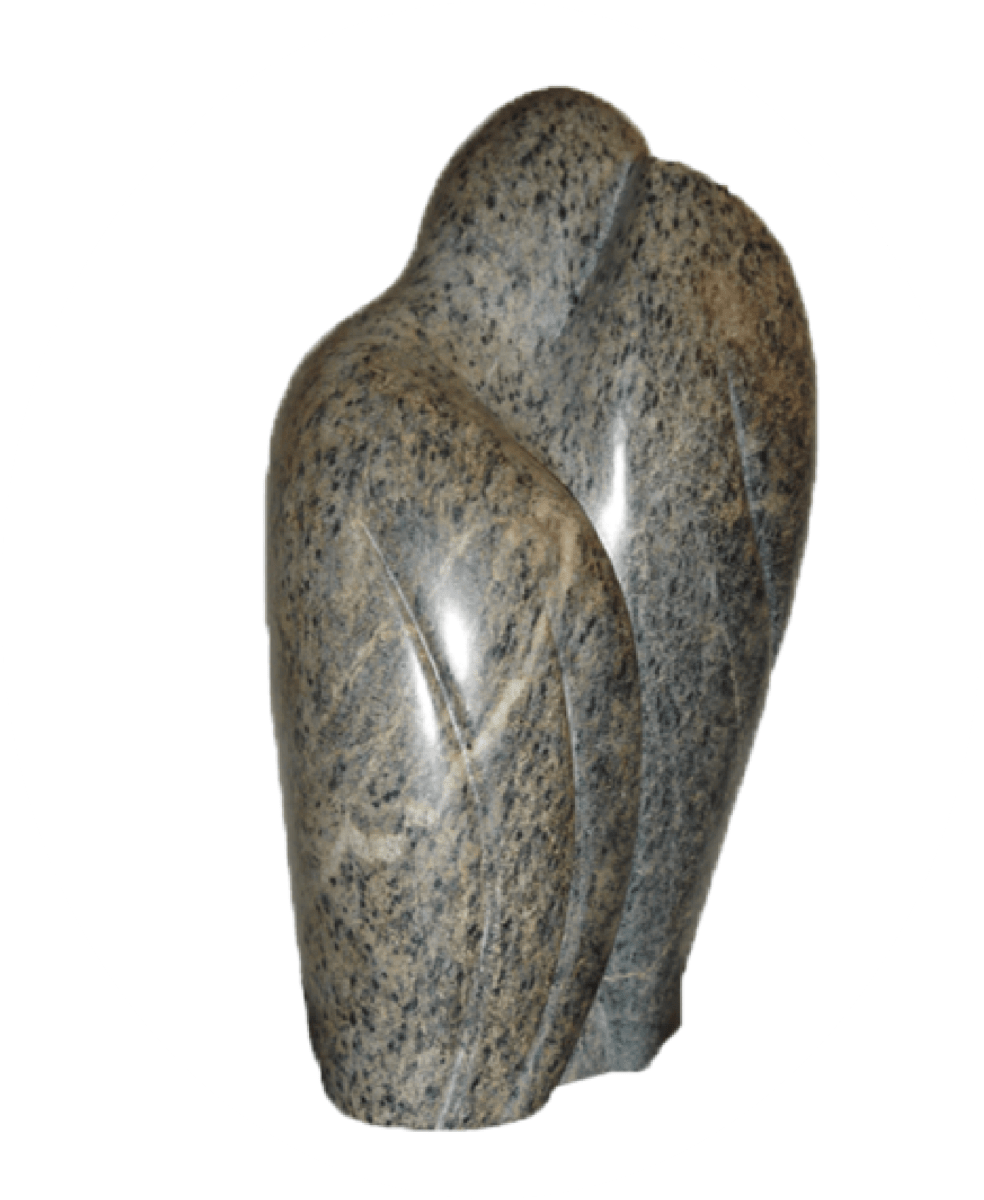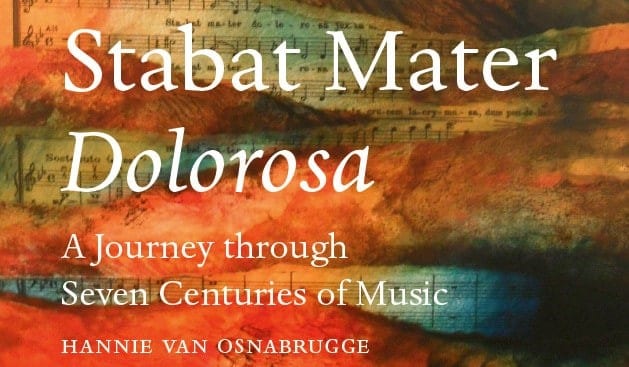Mönch von Salzburg
About the composer
The Monk of Salzburg (in Germany: Mönch von Salzburg) was an anonymous German songwriter and composer of the late Middle Ages. He was a learned monk. According to some music historians, he worked at the court of Salzburg’s archbishop, Pilgrim II of Puchheim (1365–1396).
In the late Middle Ages, Salzburg was one of the most important centers of cultural life.
The Monk of Salzburg created a significant body of work with European influence. His works were immensely popular at the time and included over a hundred songs for one or more voices. The more than fifty love songs that have survived no longer adhere to the traditional courtly love style known as “Hohe Minne.” They depict themes of longing, fear, jealousy, hatred of rivals, and envy, as well as moments of joy and sorrow. The Monk of Salzburg was the first German composer to incorporate polyphony into his songs, and he also wrote the first German-language canon. Around fifty sacred songs have survived, covering almost the entire liturgical cycle, including the oldest Christmas carol.
In fact, the sacred songs of the Monk of Salzburg can be regarded as the most significant evidence of vernacular sacred song in the late Middle Ages for the entire German-speaking world. The predominant forms are the hymn, the sequence, and the sacred congregational song. These vernacular songs were integral parts of the church liturgy in the late Middle Ages.
About the Stabat Mater
| Date: | ca 1375 |
| Performers: | male solo voice |
| Length: | 04.58 minutes |
| Particulars: | This song is a German translation of the Latin one -part sequence Stabat Mater Dolorosa. It is titled: Von unser vrawen mitleiden, (about our Lady compassion) |
| Textual variations: | The twenty stanzas are almost literally (rhymed) translated from the original Latin text into 14th century "early new high German". The songwriter retained the strophic form (aabccb) of the Latin sequence in his moving rhymed translation: Maria stuend in swindem smerczen In modern German: |
| Colour bar: |
No colourbar as the Latin text has not been used. |
Information about the recording
| CD: | Christophorus Spätmittelalterliche Marienklage CHE 0160-2 |
| More info: | Mary’s pain and grief under the cross find expression in numerous medieval ‘Marian Lamentations’ (Marienklagen). The intention was to awaken compassion with Mary in the believer through an expressive depiction of Mary’s grief at the sight of her martyred son, and thus to establish a personal connection to the Passion of Christ as well. The Ensemble für frühe Musik Augsburg presents here some of these lamentations. |
| Soloists: | Hans Ganser |
| Other works: | Kyrie Rondello |
| Code: | SALZ 01 |




